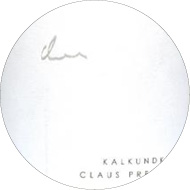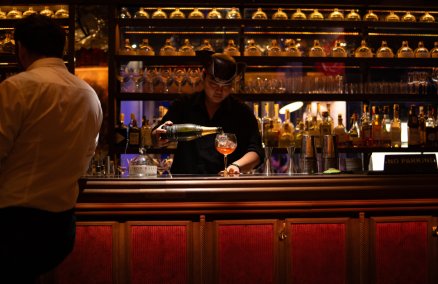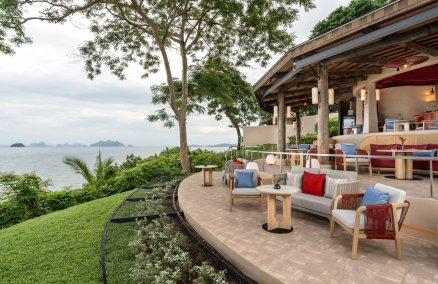2016 Stephane Tissot Arbois Rouge D.D.,
From: Jura, France
The price: B1,600
Get it at: Wine Garage (winegarage.asia)
“I first drank it in December and loved it! It’s a biodynamic, no sulfur added pinot noir blend loaded with bright ripe cherry, raspberry and floral notes. Serve slightly chilled and enjoy!” Andreas Pergher

2015 On Skins, Pyramid Valley
From: Marlborough, New Zealand
The price: B1,950
Get it at: About Eatery (abouteatery.com)
“This orange wine from New Zealand is a blend of pinot blanc, pinot gris and gewurztraminer. An absolute stunner, a great intro to natural orange wines.” Andreas Pergher
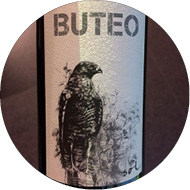
2015 Gruner Veltliner, Buteo, Weingut Gindl.
From: Weinviertiel, Austria
The price: B1,250
Get it at: Wine Garage (winegarage.asia)
“Gruner is the national grape of Austria. The Buteo spend six weeks on the skins to give it more texture and complexity. The nose is floral and spicy, the palate juicy with a long salty finish with medium body weight.” Benoit Bigot
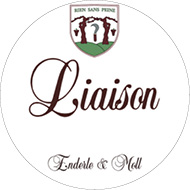
2015 Pinot Noir, Liaison, Enderle & Moll.
From: Baden, Germany
The price: B1,800
Get it at: Wine Garage (winegarage.asia)
“Germany is the third largest producer of pinot noir in the world. The Liaison is from the younger vines of the estate. The nose is pretty and perfume with dark cherry fruits and floral notes, soft juicy palate with good minerality and medium body weight.” Benoit Bigot
2015 Claus Preisinger Kalkundkeisel Red
From: Gols, Austria
The price: B1,560
Get it at: Naturalista (gonaturalista.com)
“I like the approach that this winemaker takes. He uses no pesticides and follows all biodynamic principles, which is very hard from a commercial perspective. This wine is a great balance between being commercial and keeping it real.” Nick Hargun

2014 Huaso de Sauzal Carinena
From: Maule Valley, Chile
The price: B1,650
Get it at: Naturalista (gonaturalista.com)
“A labor of love using a local grape variety, carinena. It’s biodynamic, and these guys don’t use any machinery in the vineyard—it’s a real labor of love, all done by hand.” Nick Hargun
Who Are They?

Andreas Pergher
Sommelier at modern American restaurant Bunker, which also specializes in orange and natural wines.

Benoit Bigot
Sommelier at the one-Michelin-starred Suhring (no. 1 in Top Tables 2017/18).

Nick Hargun
Founder of gonaturalista.com, Bangkok’s first online wine retail store specializing in natural wines.
Natural Wine
Should it taste like that?
Cloudy, funky, even sour—naturally made wine can sometimes be a shock to the first-time drinker. But it doesn’t have to be that way. Although the real-deal, purest natural wines are made without adding or removing anything in the cellar, few vineyards are that fussy (to be so is to be in danger of losing an entire year’s crop). The big difference is sulfites. These don’t just preserve your wine—they also determine a lot of the character that many drinkers think of as the taste of wine. Hence why natural wines can sometimes taste so, well, unlike wine.
“For me natural wines will look, smell, feel and taste different from conventional wines, but not necessarily cloudy and funky,” says Kim Wachtveitl, founder of Wine Garage and a partner at Quince. “The style of wine will generally be lighter, more gentle on the palate. I have a partner who often visits Spain to sample a lot of natural wines, and who says some are undrinkable. That’s why you need a good sommelier or retailer to advise you.”
Nick Hargun of Bangkok’s online natural wine store Naturalista calls natural wines “an adventure.” “You have to be ready to take that next step and be surprised. Every vintage will have a huge difference. It’s not like commercial wines where there will be a little difference to the untrained palate—you cannot get consistency with natural wine. Every bottle is a journey.”
Are you ready to go on the natural wine adventure? Then be prepared to taste the unexpected—and don’t go telling the sommelier it’s corked.














